Amazing Apollo 4: NASA's 1st Saturn V Moon Rocket Test Flight in Photos
Purpose and Plans
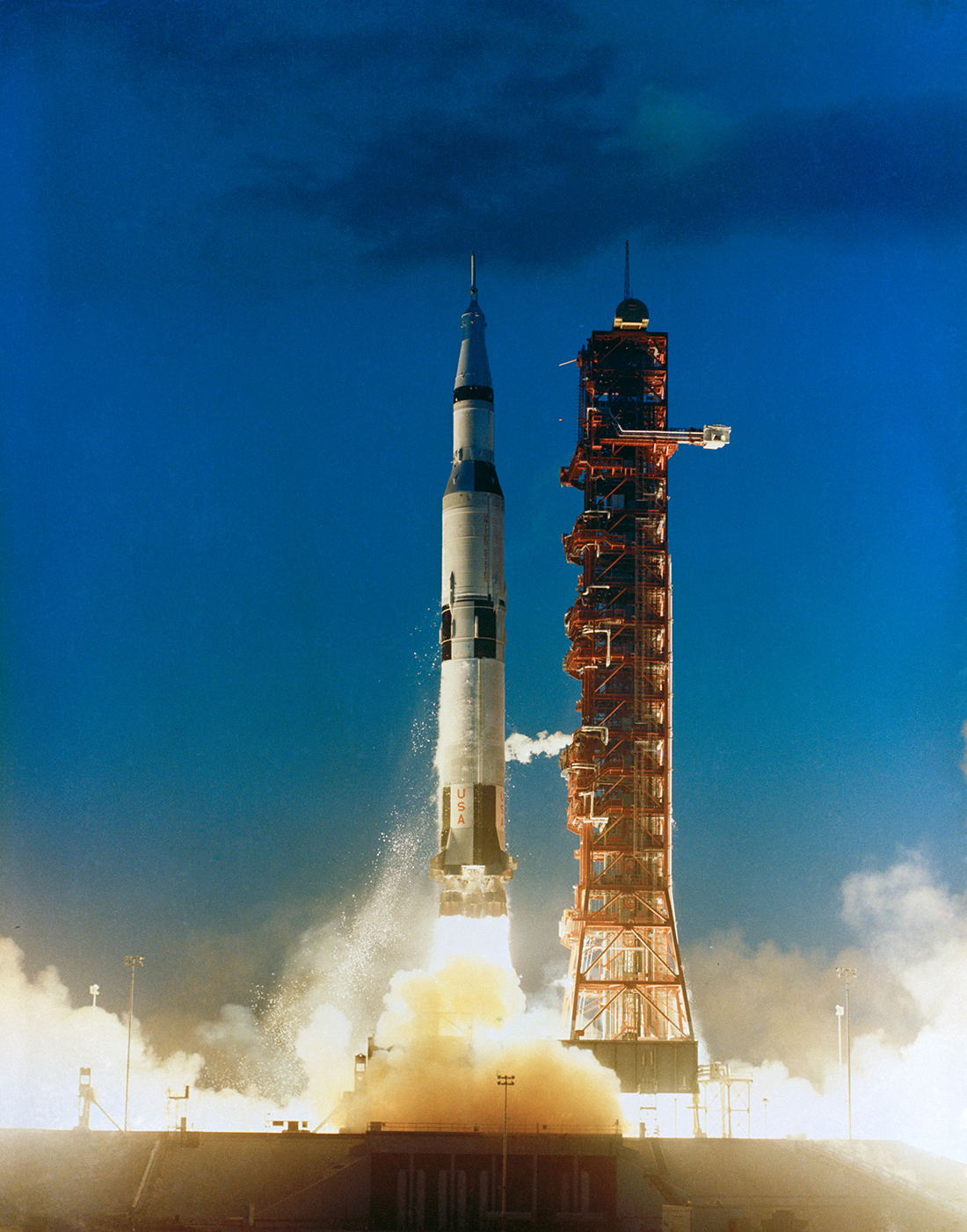
During the Apollo 4 unmanned Earth-orbital flight on November 9, 1967, two objectives were successfully met. Flight information on the structural integrity and compatibility of the launch vehicle and spacecraft, flight loads, stage separation, subsystem operation and emergency detection subsystem was gathered. The mission also successfully evaluated the Apollo Command Module heat shield under re-entry conditions as well.
Separation Complete
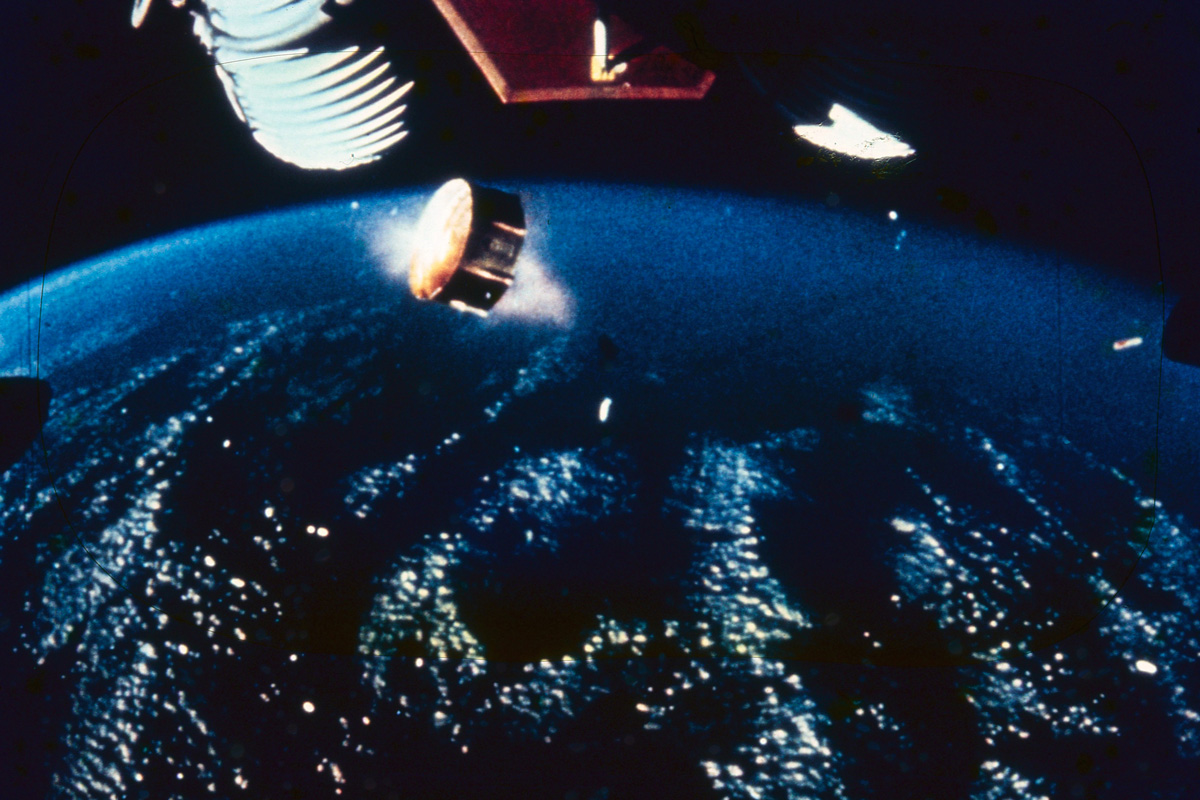
As the aft interstage slips farther away, the Apollo 4 second stage J2 engines fire.
Falling Away
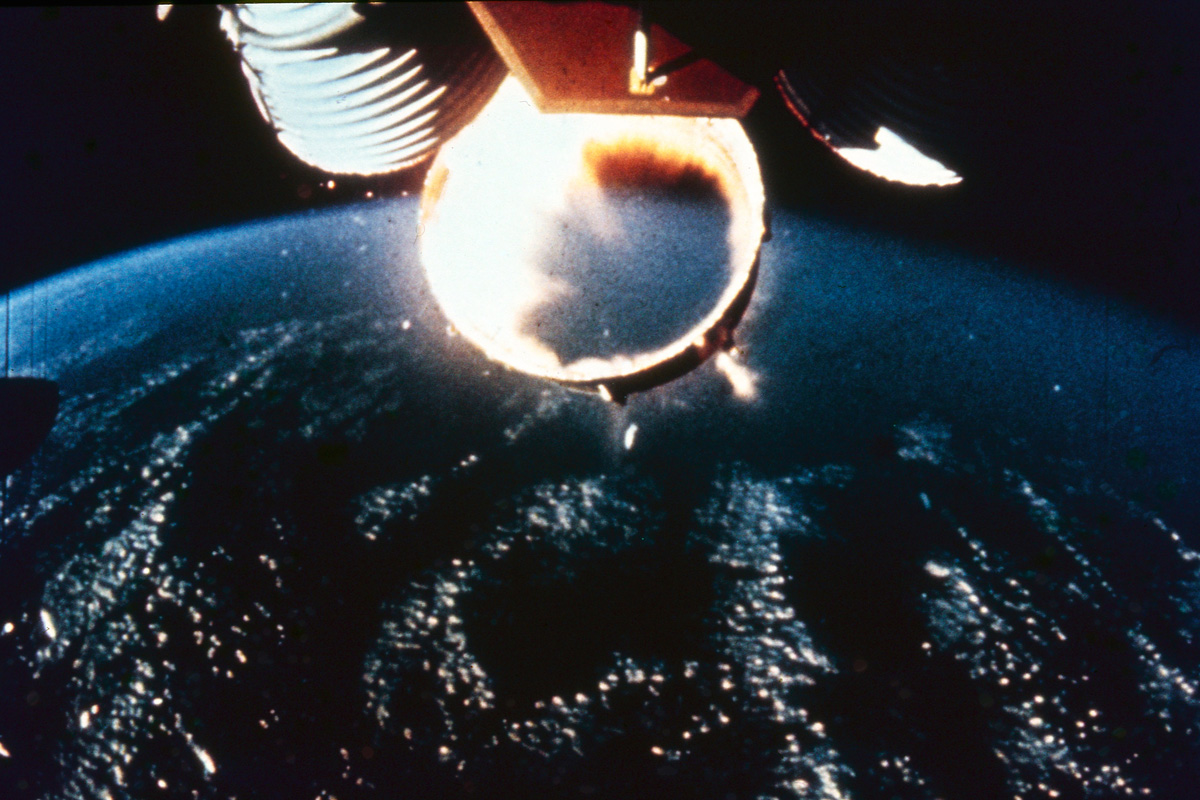
During the unmanned Apollo 4 mission, the aft interstage separates from the S-II stage.
Our Blue Marble

From an orbit of around 10,000 miles above Earth, while the Apollo 4 spacecraft was still attached to the S-IVB (third) stage, this stunning image of Earth was taken. The 70mm camera was programmed to take a series of images from "high apogee" while looking west, including Coastal Brazil, the Atlantic Ocean, West Africa and Antarctica.
A Westward View

As the Apollo 4 orbits Earth at 8,628 nautical miles above, this breath-taking view of the Atlantic Ocean and Antarctica was captured.
Splashdown
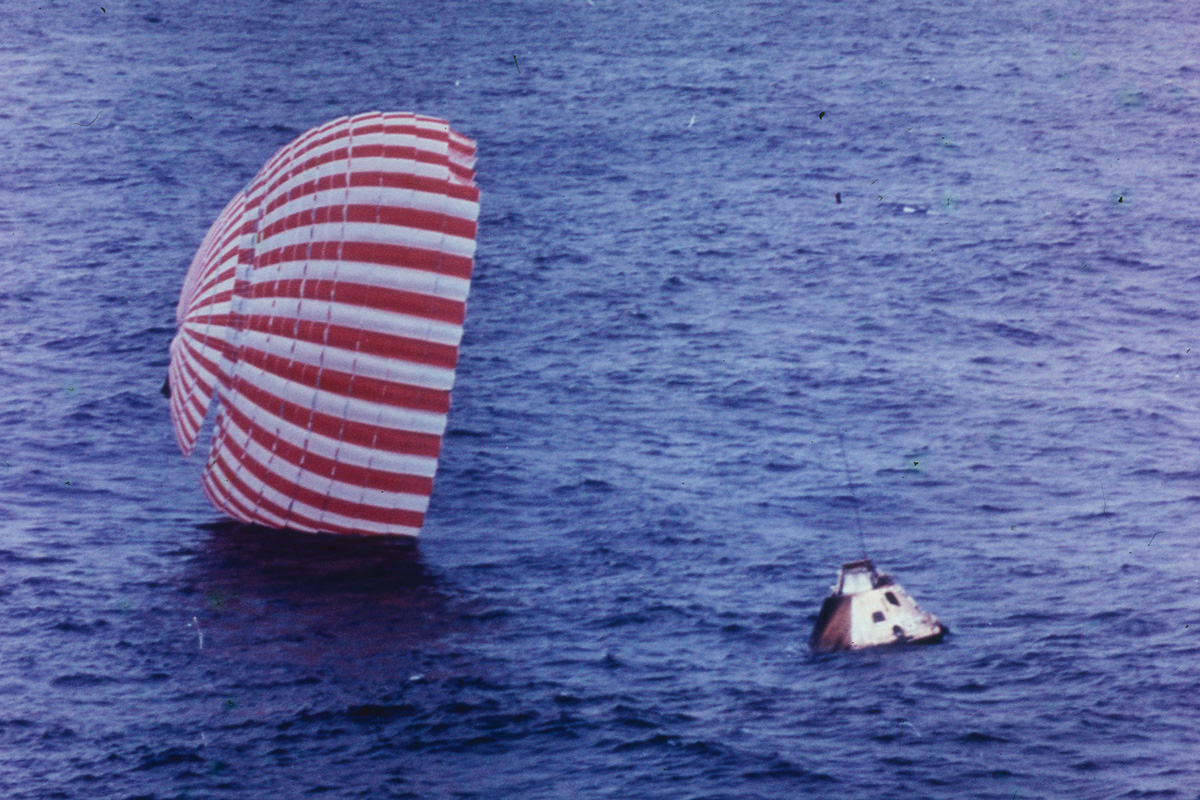
On November 9, 1967, the Apollo 4 Command/Service Module waits in the ocean northwest of Honolulu, Hawaii, for the recovery vessel to retrieve it.
Success!
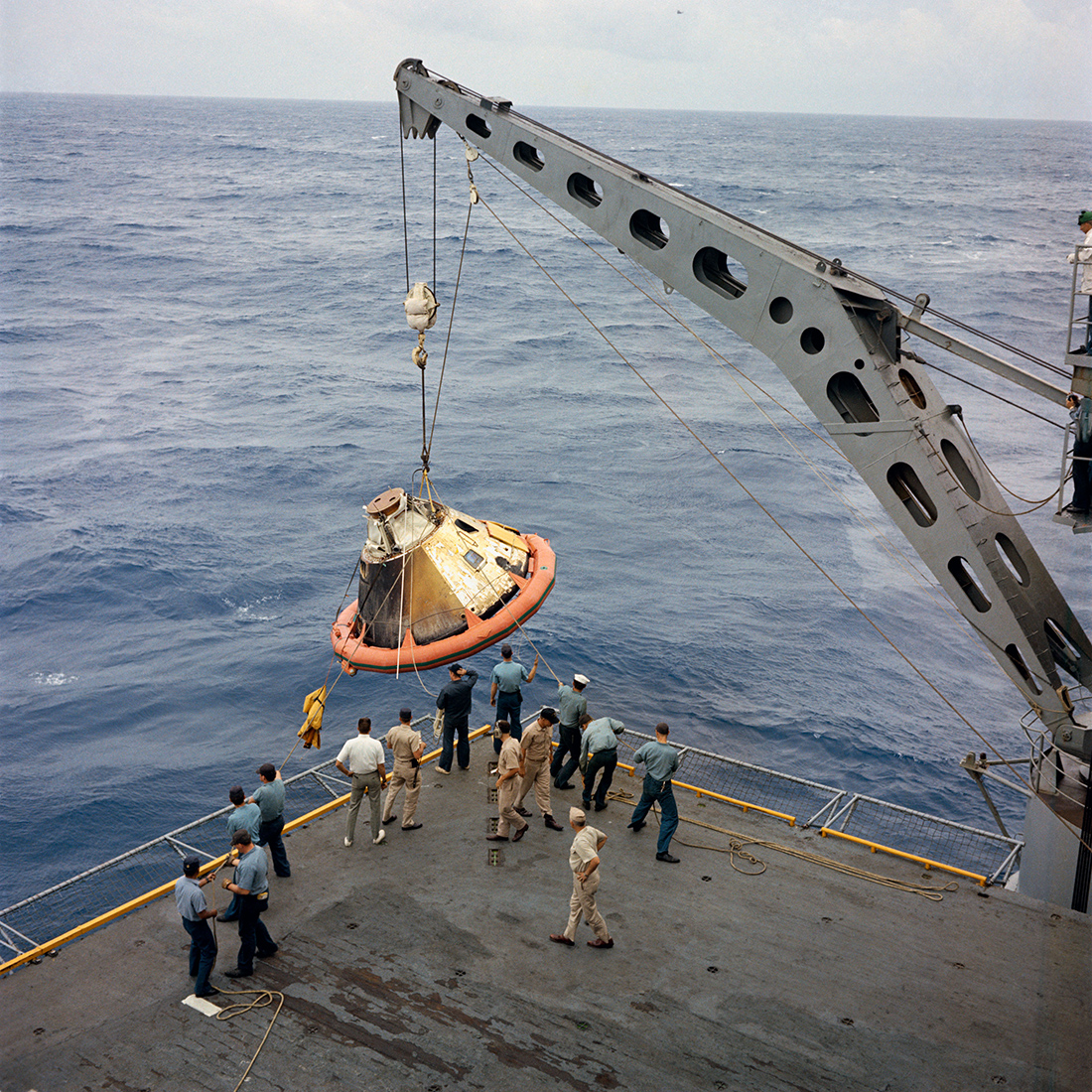
The prime recovery ship for the Apollo 4 mission, the USS Bennington, was on hand after the spacecraft splashed down just under 1000 nautical miles from Honolulu, Hawaii. The crew lifts the spacecraft aboard with the floatation collar still attached. The Apollo Spacecraft 017 Command Module suffered charring on the heat shield from the extreme heat of reentering the atmosphere.
Get the Space.com Newsletter
Breaking space news, the latest updates on rocket launches, skywatching events and more!
Black and Burned
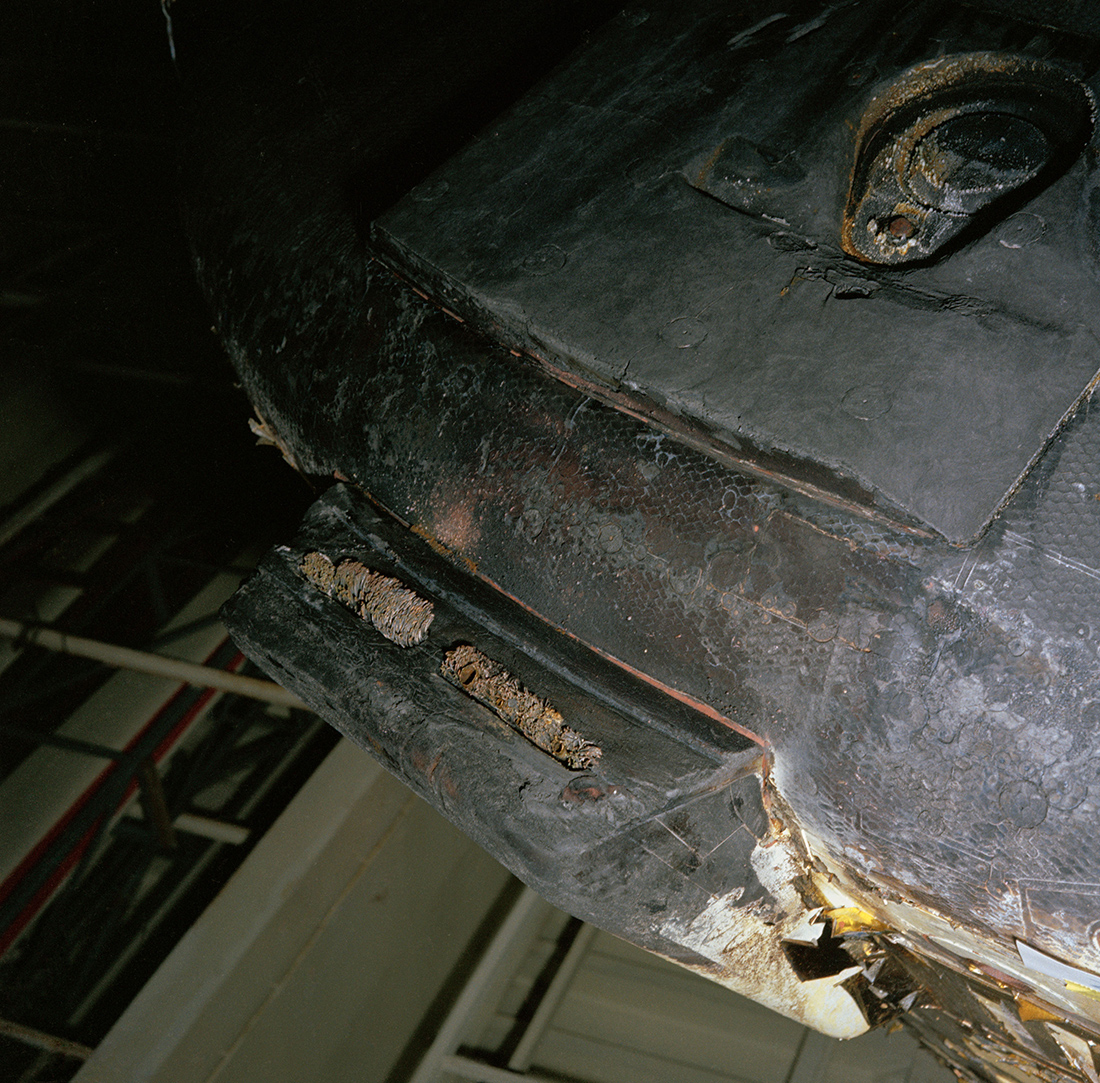
The heat shield of the Apollo Spacecraft 017 Command Module, aboard the USS Bennington, was charred during re-entry by the extreme heat. Bennington was the prime recovery ship for the unmanned Apollo 4 Earth-orbital space mission. The Command Module splashed down on November 9, 1967 934 nautical miles northwest of Honolulu, Hawaii.
Join our Space Forums to keep talking space on the latest missions, night sky and more! And if you have a news tip, correction or comment, let us know at: community@space.com.

Christine Lunsford joined the Space.com team in 2010 as a freelance producer and later became a contributing writer, covering astrophotography images, astronomy photos and amazing space galleries and more. During her more than 10 years with Space.com, oversaw the site's monthly skywatching updates and produced overnight features and stories on the latest space discoveries. She enjoys learning about subjects of all kinds.









